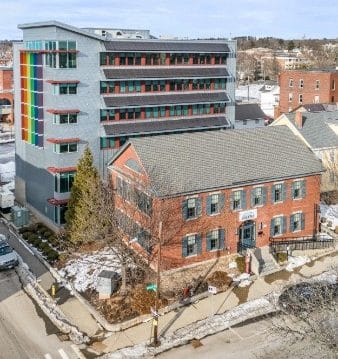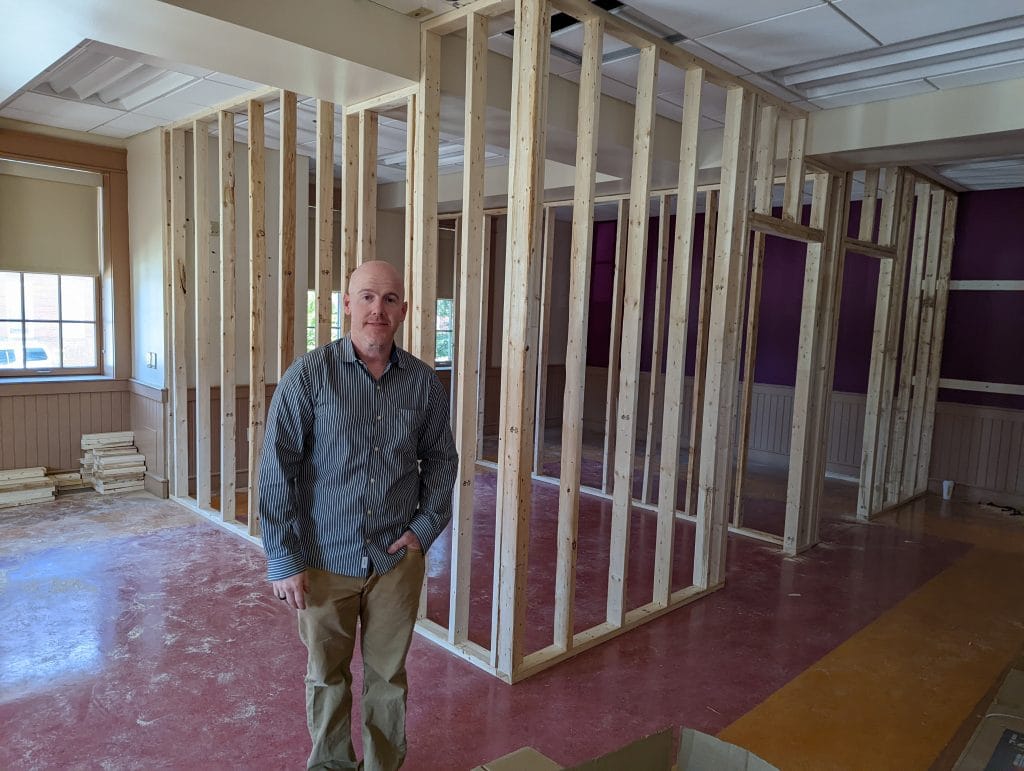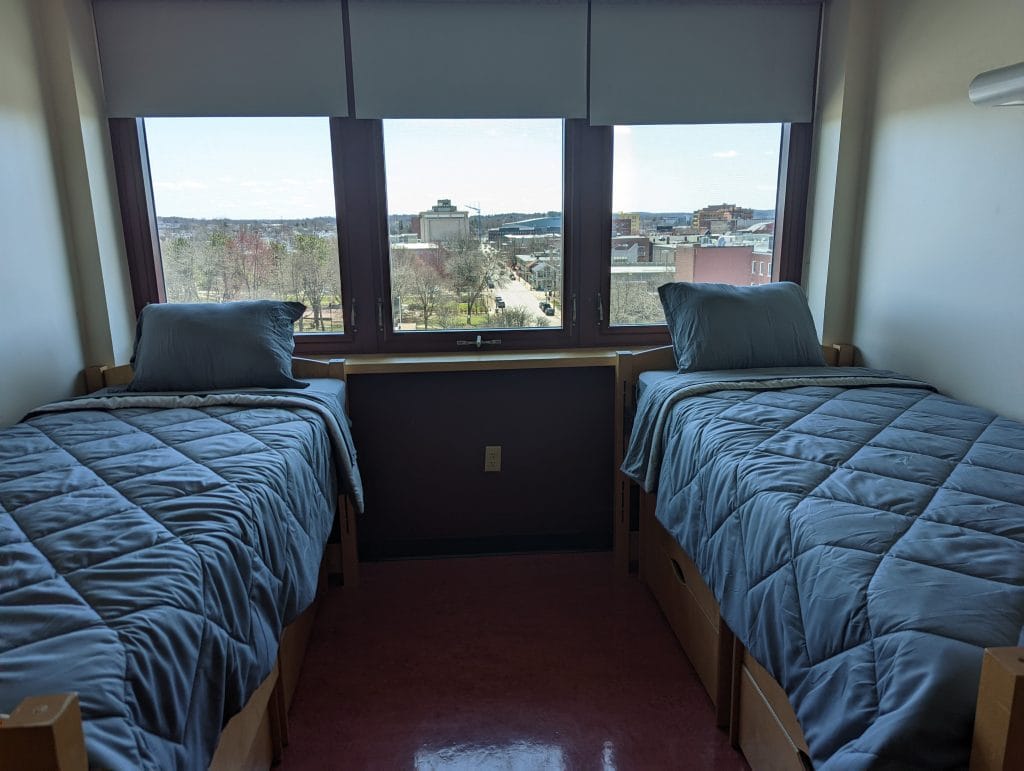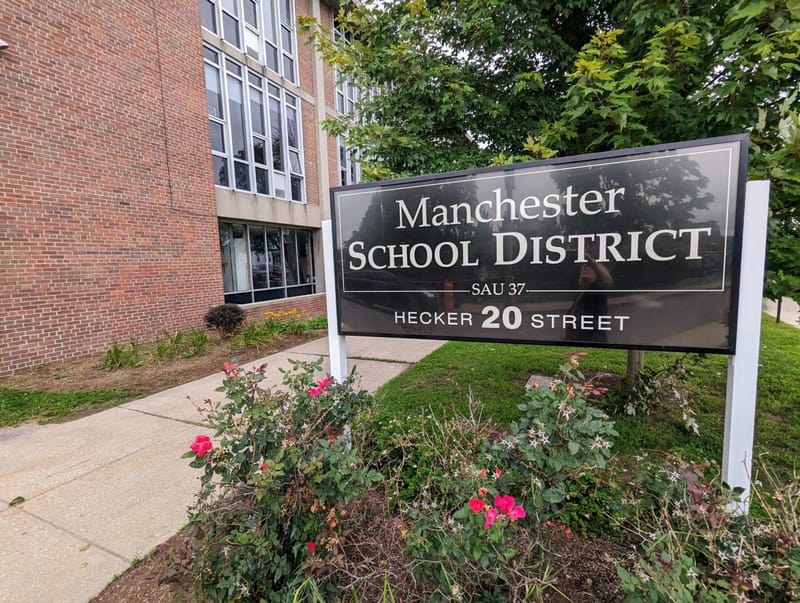Live Free Recovery eager to begin addiction support services from new downtown facility
Once known as a key component of New England College’s urban campus, 88 Lowell St. is currently undergoing renovations to become the city’s newest center for helping those struggling with the disease of addiction.

MANCHESTER, N.H. – Once known as a key component of New England College’s urban campus, 88 Lowell St. is currently undergoing renovations to become the city’s newest center for helping those struggling with the disease of addiction.
Since obtaining approval from the Manchester Planning Board, Live Free Recovery Services has been renovating the former Lowell Hall building next to the Hartnett Parking Lot at the corner of Lowell and Chestnut Streets as well as the attached six-story building behind it.
While renovation efforts are underway to transform the building to provide 3.7, 3.5 and 2.5 level residential and outpatient care under the ASAM criteria continuum as well as clinical and office space, Live Free Recovery CEO Ryan Gagne says the site is remarkably well suited for inpatient and residential addiction recovery treatment and that his company’s policy in working with neighbors to ensure a positive relationship has only added to the beneficial nature of the new location. The location’s proximity to a variety of other non-profit organizations supporting related disorders is also beneficial.

“We fell in love with this place. The neighbors are fantastic (as well as) the location to where we are in Manchester, it’s very rare to find a place like this where (addiction treatment services) are allowed by right, and is also set up. Most of the time, if you find a location like this, you’re spending a significant amount of resources renovating to provide residential and clinical services. This place also has an energy and a dignity about it for people when they walk in that raises standards, lets people know that they are worthy of nice things and this can be the standard moving forward for them.”
Live Free Recovery Services began in the Keene area shortly before the COVID-19 pandemic and has expanded to cover gaps within New Hampshire’s addiction use disorder landscape, particularly regarding residential services and detox programs. Here in the Manchester area, Live Free took over a sober living facility on Kelley Street in 2024 and operated a female outpatient facility on Second Street that has since been transferred to Keene before establishing the new Lowell Street location.
The evolution of New Hampshire’s recovery ecosystem has drastically changed in the past few decades, as Gagne remembers a time when people in New Hampshire had to travel out of state to get help in treating their addiction. However, the challenges facing those suffering from substance abuse addiction have also evolved with the growing presence of fentanyl in New Hampshire along with its co-evolution with methamphetamines and the introduction of substances making the inclusion of fentanyl in narcotics even more deadly, such as xylazine, with others facing long-term psychological damage.

“People use the word fentanyl because we all know what it is, but it’s morphing beyond what we’ve known before as fentanyl, same thing with methamphetamines. The stuff (addicts) are using now are not the stuff that would be seen in treatment before in the early 2000s,” said Gagne. “This person used to have auditory hallucinations and erratic behavior for 72 hours, and all they would need is sleep and a good meal in them. We now have people three weeks in with continued hallucinations.”
“Someone who came in likely baseline (psychiatrically) with the appearance of disorders now is more likely to have components of those disorders than not thanks to the combined use of enhanced fentanyl and methamphetamines.”
More information on the new facility can be found here.





